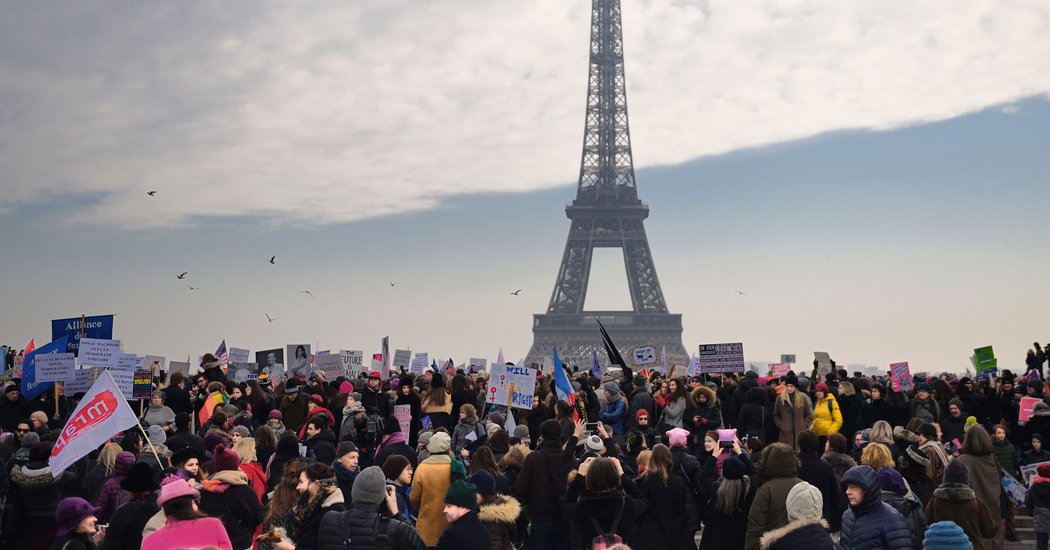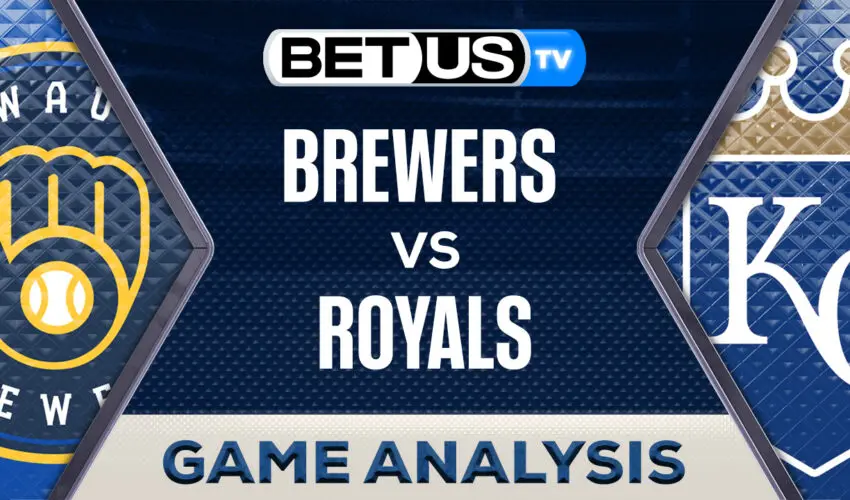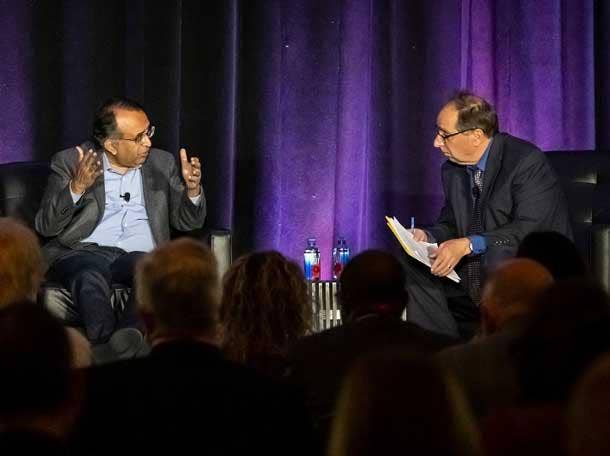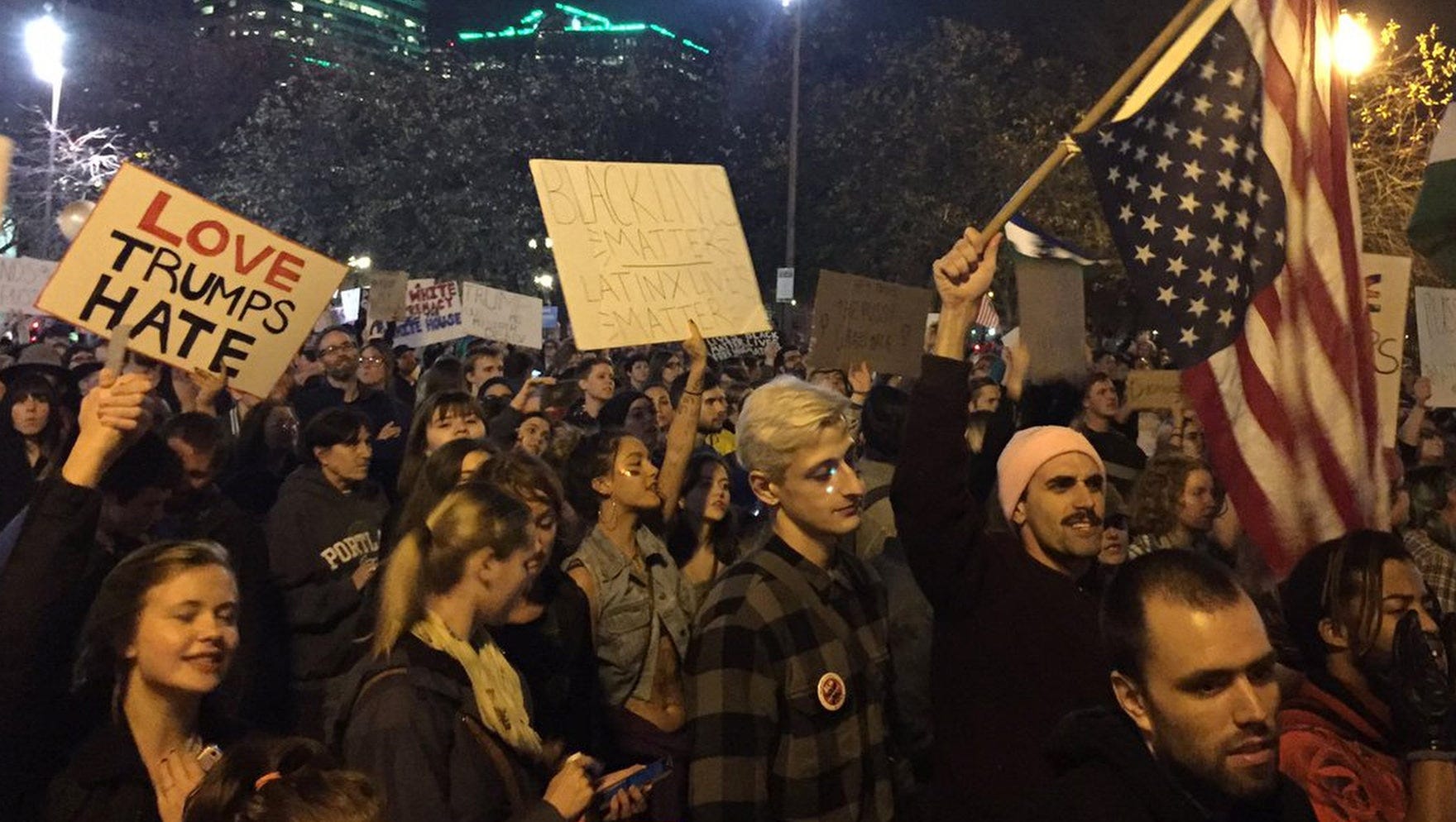Analysis: The Anti-Trump Protests Sweeping The US

Table of Contents
The presidency of Donald Trump witnessed an unprecedented wave of anti-Trump protests across the United States. From the Women's March on Washington shortly after his inauguration to numerous smaller, localized demonstrations throughout his term, the intensity and scale of these displays of opposition were remarkable. This article analyzes the multifaceted reasons behind these widespread political demonstrations, examines the demographics of the protesters, and assesses their impact on the American political landscape. We will explore the complex interplay of policy disagreements, concerns about democratic governance, social and cultural divisions, and the long-term consequences of this significant period of political activism.
The Roots of Anti-Trump Sentiment
The anti-Trump protests stemmed from a confluence of factors, deeply rooted in policy disagreements, anxieties about democratic norms, and escalating social and cultural divisions.
Policy Disagreements
Many protests were directly fueled by specific policy proposals and actions enacted during the Trump administration. These included:
- Immigration Policy: The controversial "travel ban" targeting several Muslim-majority countries and the administration's zero-tolerance policy at the border sparked widespread outrage and massive protests nationwide.
- Healthcare Reform: The attempt to repeal and replace the Affordable Care Act (ACA) ignited significant opposition, with numerous protests highlighting the potential negative impact on millions of Americans' healthcare access.
- Environmental Regulations: The rollback of environmental regulations, particularly concerning climate change, mobilized significant protests from environmental activists and concerned citizens.
These policy disagreements were not abstract; they translated into tangible consequences for many Americans, leading to widespread mobilization and active participation in anti-Trump protests. Public opinion polls consistently showed high disapproval ratings for several of these policies, mirroring the intensity of the protests.
Concerns about Democracy and Governance
Beyond specific policies, a deep-seated concern about the erosion of democratic norms and institutions fueled the anti-Trump protests.
- Executive Overreach: Protests frequently challenged the perceived abuse of executive power, citing instances of disregard for established procedures and checks and balances.
- Judicial Appointments: The appointment of conservative judges to federal courts, including the Supreme Court, sparked concerns about the future of judicial independence and the interpretation of constitutional rights.
- Attacks on the Free Press: Frequent criticisms of mainstream media outlets as "fake news" fueled anxieties about press freedom and the role of a free press in a functioning democracy.
These anxieties resonated deeply with many Americans, leading to protests that focused on protecting democratic values and upholding the rule of law. Prominent political scientists commented on the unprecedented nature of these challenges to democratic institutions.
Social and Cultural Issues
The Trump presidency exacerbated existing social and cultural divisions, leading to numerous protests focused on:
- Racial Justice: Protests against police brutality and racial inequality intensified during this period, highlighting the intersectionality of race and politics.
- LGBTQ+ Rights: Concerns about the rollback of LGBTQ+ rights and protections fueled protests advocating for equality and inclusivity.
- Women's Rights: The #MeToo movement gained momentum, and protests were held to denounce sexism, misogyny, and attacks on women's reproductive rights.
These protests demonstrated the intersectional nature of social justice movements and their convergence within the broader anti-Trump resistance. Demographic data revealed significant participation from minority groups and women in these demonstrations.
Demographics of Anti-Trump Protesters
Understanding the demographics of the anti-Trump protest movement is crucial to analyzing its impact.
Age, Race, and Geographic Distribution
While the protests attracted participants from diverse backgrounds, certain demographic trends were evident:
- Age: A significant portion of protesters were younger, reflecting a rising generation's engagement with political activism.
- Race: While predominantly white, protests saw significant participation from minority groups, particularly in those focused on racial justice.
- Geographic Distribution: While concentrated in major cities and college towns, anti-Trump protests took place across the country, demonstrating widespread opposition.
Over time, the demographics of protest participation shifted, reflecting evolving concerns and changing political dynamics.
Political Affiliation and Activism Experience
The protesters represented a diverse range of political affiliations and activism experience:
- Political Affiliation: While a significant portion identified as Democrats and liberal independents, a considerable number of Republicans and moderates also participated, indicating bipartisan concern over specific issues.
- Activism Experience: The protests included both seasoned activists and first-time protesters, highlighting the broad mobilization of civic engagement.
- Social Media: Social media played a crucial role in organizing and promoting these protests, facilitating communication and coordination amongst participants.
Impact and Consequences of the Protests
The anti-Trump protests exerted considerable influence on the political landscape.
Political Influence and Media Coverage
- Public Opinion: While the direct impact on public opinion is complex and difficult to quantify precisely, the scale and visibility of these protests undoubtedly contributed to a climate of political discourse characterized by strong opposition to certain Trump administration policies.
- Media Coverage: The protests received extensive media coverage, shaping public perception and influencing the narrative around the Trump presidency. The framing of these protests by different news outlets varied significantly, highlighting the role of media bias in shaping public opinion.
- Elections: These protests likely influenced election outcomes, contributing to the defeat of several Republican candidates in various local and national elections.
Long-Term Effects on American Politics
The long-term effects of the anti-Trump protests remain to be fully seen, but several potential consequences can be considered:
- Political Polarization: The protests likely exacerbated existing political polarization, strengthening ideological divides within American society.
- Political Participation: The protests may have encouraged greater political participation, particularly among younger generations, potentially leading to a more engaged electorate in future elections.
- Future Activism: The experience of participating in these large-scale protests may inspire future activism and collective action in response to political issues.
Conclusion
The anti-Trump protests represented a significant chapter in American political history, driven by a complex interplay of policy disagreements, concerns about democratic governance, and deep-seated social and cultural divisions. Understanding the diverse motivations behind these demonstrations, their demographics, and their impact on the political landscape is crucial to analyzing the trajectory of American politics. These protests highlighted a widespread dissatisfaction with certain policies and governance styles. They also demonstrated the power of collective action in shaping political discourse and influencing policy debates. To continue to analyze the anti-Trump movement and its lasting effects, follow the evolving landscape of political protests and stay updated on the impact of these demonstrations by following reputable news sources and organizations dedicated to political analysis.

Featured Posts
-
 Morning Retail L Impact Du Nutriscore Sur Les Choix Des Consommateurs
Apr 23, 2025
Morning Retail L Impact Du Nutriscore Sur Les Choix Des Consommateurs
Apr 23, 2025 -
 Royals Powerful Performance Secures 11 1 Win Over Brewers
Apr 23, 2025
Royals Powerful Performance Secures 11 1 Win Over Brewers
Apr 23, 2025 -
 Broadcoms Proposed V Mware Price Hike At And T Details A Staggering 1050 Increase
Apr 23, 2025
Broadcoms Proposed V Mware Price Hike At And T Details A Staggering 1050 Increase
Apr 23, 2025 -
 American Protests A Look At The Anti Trump Movement
Apr 23, 2025
American Protests A Look At The Anti Trump Movement
Apr 23, 2025 -
 Top 5 Economic Takeaways From The English Language Leaders Debate
Apr 23, 2025
Top 5 Economic Takeaways From The English Language Leaders Debate
Apr 23, 2025
Latest Posts
-
 Nhl 2025 Trade Deadline Playoff Contender Predictions
May 10, 2025
Nhl 2025 Trade Deadline Playoff Contender Predictions
May 10, 2025 -
 Oilers Overtime Thriller Evens Series Against Kings
May 10, 2025
Oilers Overtime Thriller Evens Series Against Kings
May 10, 2025 -
 Leon Draisaitls Exceptional Season Hart Trophy Nomination And Oilers Success
May 10, 2025
Leon Draisaitls Exceptional Season Hart Trophy Nomination And Oilers Success
May 10, 2025 -
 Edmonton Oilers Draisaitl A Hart Trophy Finalist And Banner Season
May 10, 2025
Edmonton Oilers Draisaitl A Hart Trophy Finalist And Banner Season
May 10, 2025 -
 Edmonton Oilers Force Overtime Win Against Los Angeles Kings Series Tied
May 10, 2025
Edmonton Oilers Force Overtime Win Against Los Angeles Kings Series Tied
May 10, 2025
